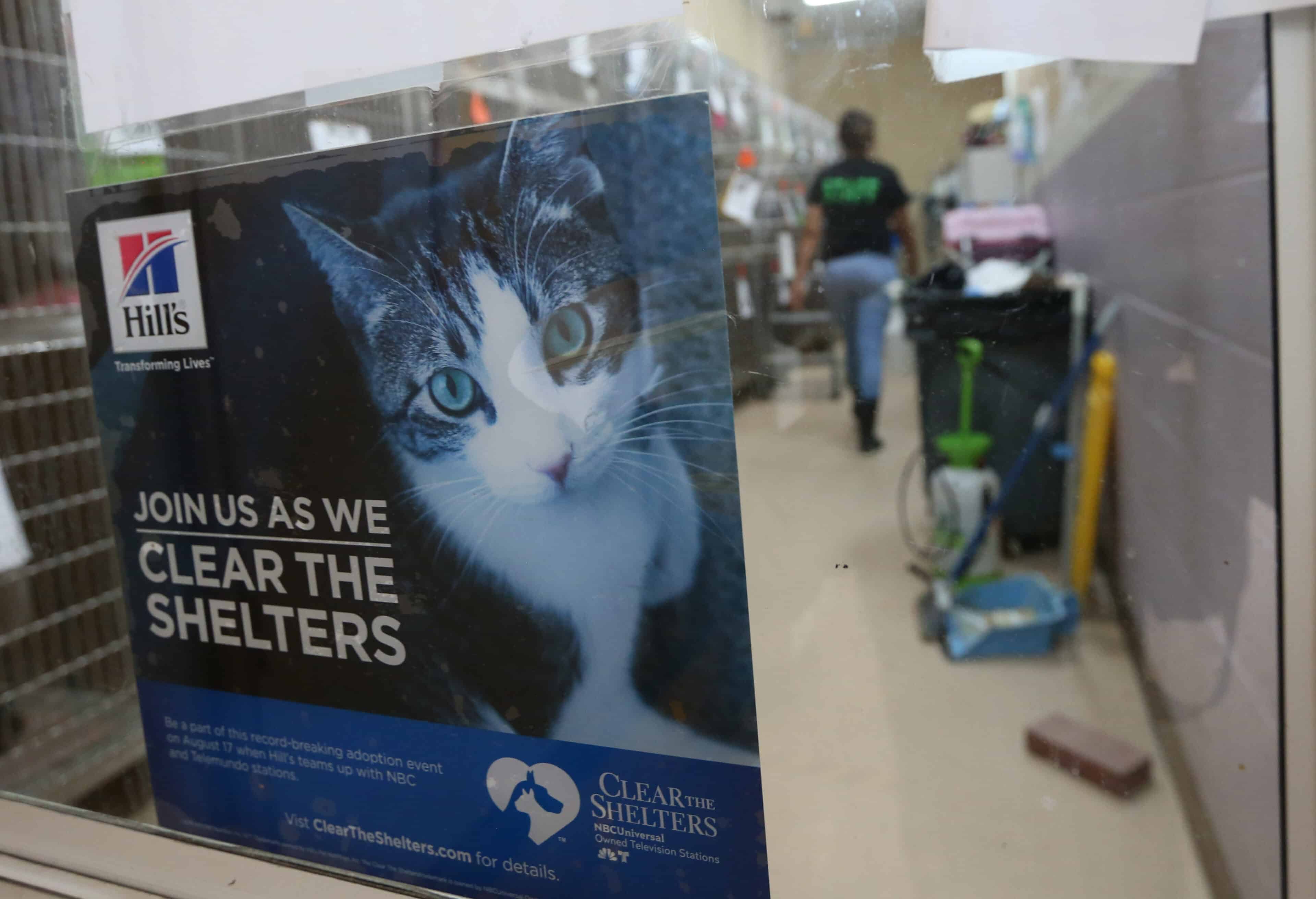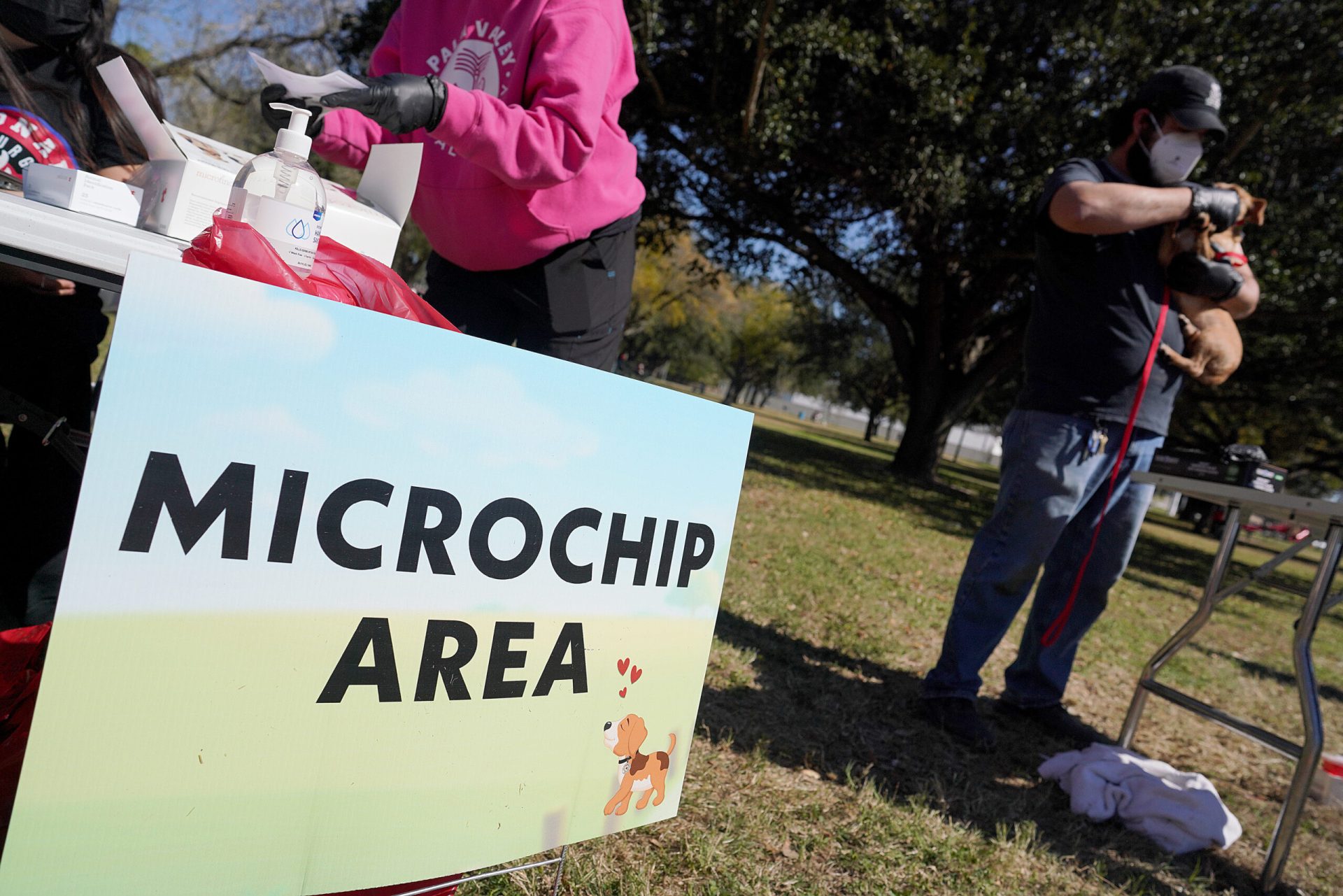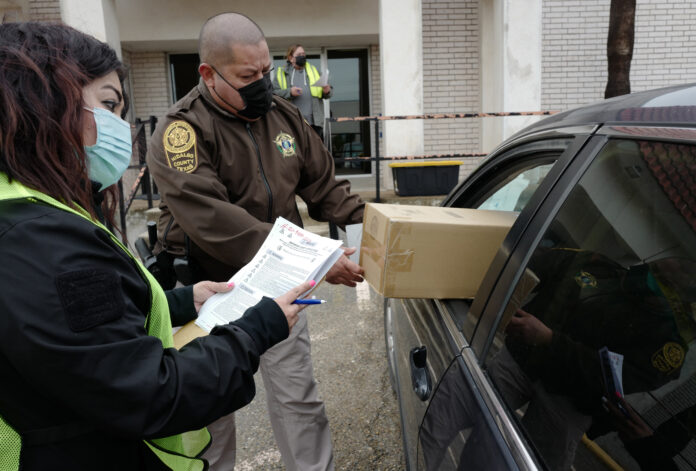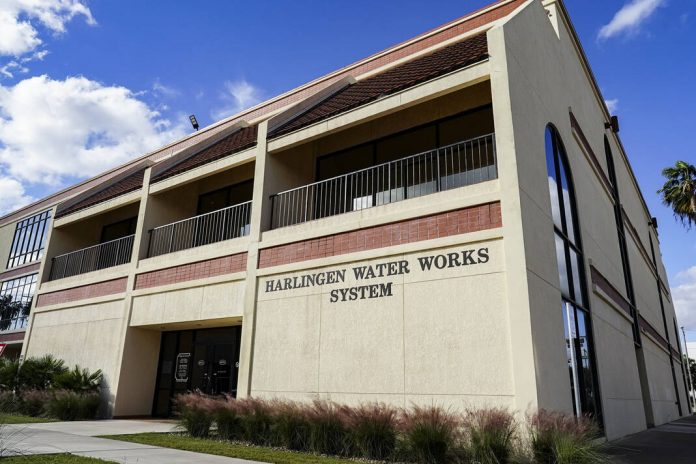This space, like editorial and opinion pages across the country, might occupy a relatively small portion of our daily content, but it is one of the most vital parts of any newspaper. That’s because it gives you, our reader, the opportunity to interact with this our leadership, and with other readers. Your thoughts are important, and we are deeply grateful that you choose to share them with us and with our community.
Like most other newspapers, we strive to maintain objectivity in our news reporting. Most news articles are straightforward, reflecting what happens and what key people have to say about it. News articles provide the basic facts about newsworthy events and allow readers to develop their own opinions about them.
On these pages, however, we print editorials that offer our assessment of those events and how they should influence decision makers and affect public policy.
Not everyone agrees with us, however, and their thoughts are just as valuable. So we provide commentary from local officials and community members as well as professional opinion writers, hoping to provide a healthy variety of opinion.
But the most important section of our opinion pages belongs to you — dedicated readers who are willing to share your own thoughts. This page is dedicated to you, and we value your contributions.
Some people have asked about the letters we print and why we choose certain letters. Some accuse us of making biased choices; conservatives accuse us of preferring liberal writers and liberals say we give conservative letters preference.
In reality, we do our best to publish all the letters we can, regardless of the positions they express. Some names appear frequently, and some people assume those writers are our “favorites.” In reality, they simply send us more letters; in fact, a few write so often that we can’t print all of their letters, lest we not have enough space for other letter writers.
That isn’t the only reason a letter might not see print. While we agree that criticism of government officials and other public figures is valid, we don’t print personal attacks. This page is intended as a place to exchange ideas, not to trade insults. Letters that simply berate other contributors without lending constructive comments aren’t published; if a letter does address the issues, the offensive statements are edited out. Opposing viewpoints are to be expected, but we don’t want people to stop offering their opinions because of unnecessarily vicious attacks.
As with all content, commentary is edited for grammar and length; minor parts of a letter might be cut simply because they don’t fit, although we try to be judicious with such edits. We also do our best to fact-check letters, as the best arguments are based on verifiable facts.
We hope this information helps explain and clarify the decisions that are made regarding the opinions printed on this page. We appreciate and welcome all contributions, and hope all readers know they are welcome to contribute to the healthy debate of issues with other members of our community.














